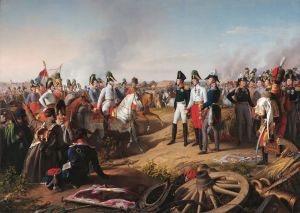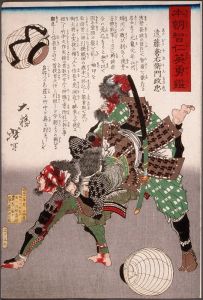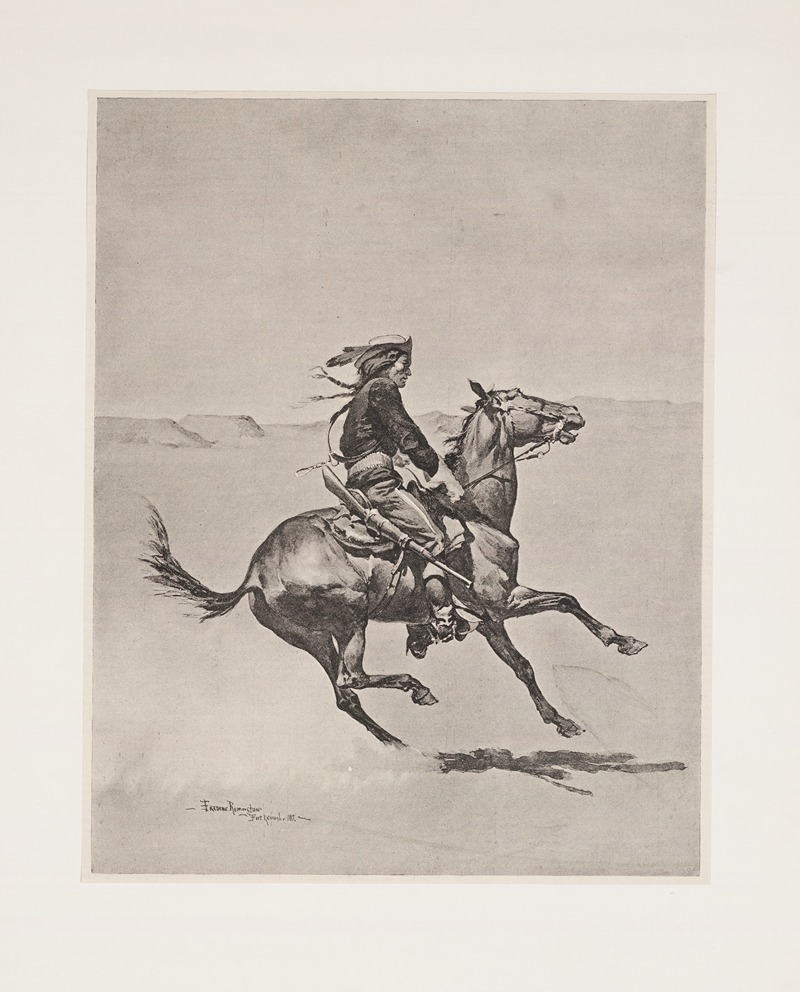
One of the Fort Keogh Cheyenne scout corps, commanded by Lieutenant Casey
A hand-painted replica of Frederic Remington’s masterpiece One of the Fort Keogh Cheyenne scout corps, commanded by Lieutenant Casey, meticulously crafted by professional artists to capture the true essence of the original. Each piece is created with museum-quality canvas and rare mineral pigments, carefully painted by experienced artists with delicate brushstrokes and rich, layered colors to perfectly recreate the texture of the original artwork. Unlike machine-printed reproductions, this hand-painted version brings the painting to life, infused with the artist’s emotions and skill in every stroke. Whether for personal collection or home decoration, it instantly elevates the artistic atmosphere of any space.
"One of the Fort Keogh Cheyenne scout corps, commanded by Lieutenant Casey" is a painting by the renowned American artist Frederic Remington. Created in 1890, this artwork reflects Remington's deep interest in the American West and his commitment to documenting its people, landscapes, and military history. Known for his detailed and dynamic depictions of frontier life, Remington was a key figure in shaping the popular image of the American West during the late 19th and early 20th centuries.
The painting portrays a Cheyenne scout, a member of a group enlisted by the U.S. Army to assist in military operations during the late 19th century. These scouts were often recruited from Native American tribes due to their extensive knowledge of the terrain and their tracking skills. The title of the painting references Fort Keogh, a military post established in Montana in 1876 following the Battle of the Little Bighorn. Fort Keogh served as a base for U.S. Army operations in the region and played a significant role in the military's interactions with Native American tribes during this period.
Lieutenant Guy V. Henry Casey, mentioned in the title, was an officer in the U.S. Army who commanded Cheyenne scouts at Fort Keogh. The scouts under his command were instrumental in various military campaigns, particularly during the Indian Wars, a series of conflicts between the U.S. government and Native American tribes. The painting captures the complex relationship between the U.S. military and Native American communities, highlighting the role of Native individuals who served as intermediaries during a time of significant cultural and territorial upheaval.
Remington's work is characterized by its attention to detail and historical accuracy, and this painting is no exception. The artist's depiction of the scout's attire, weaponry, and posture reflects his effort to authentically represent the subject matter. Remington often conducted extensive research and traveled to the locations he painted, ensuring that his works were grounded in firsthand observation.
Today, "One of the Fort Keogh Cheyenne scout corps, commanded by Lieutenant Casey" is recognized as an important example of Remington's artistic legacy and his contribution to the visual documentation of the American West. The painting offers insight into the historical context of the late 19th century, particularly the interactions between the U.S. military and Native American tribes during a transformative period in American history.





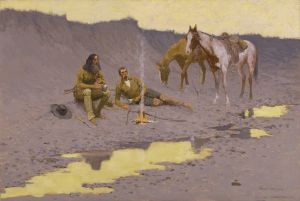
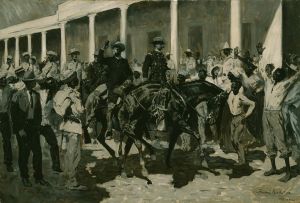
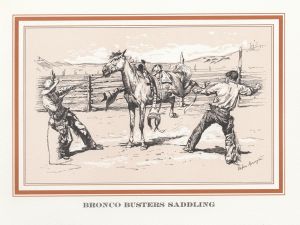
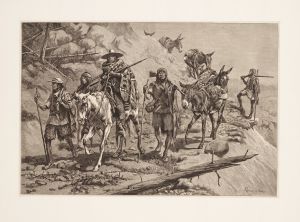

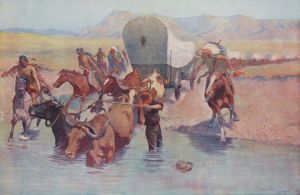
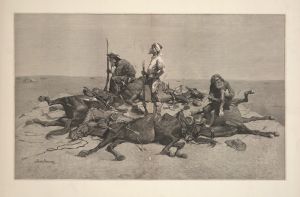
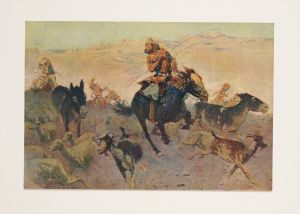
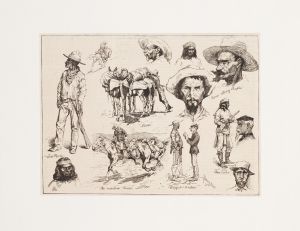
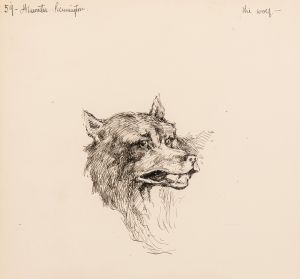
![The Commader in Chief in India [General Sir Frederick Paul Haines], Military and Navy, from Vanity Fair, March 25, 1876](/imgs/214448/s/james-tissot-the-commader-in-chief-in-india-general-sir-frederick-paul-haines-military-and-navy-from-vanity-fair-march-25-1876-18a8ea9e.jpg)
